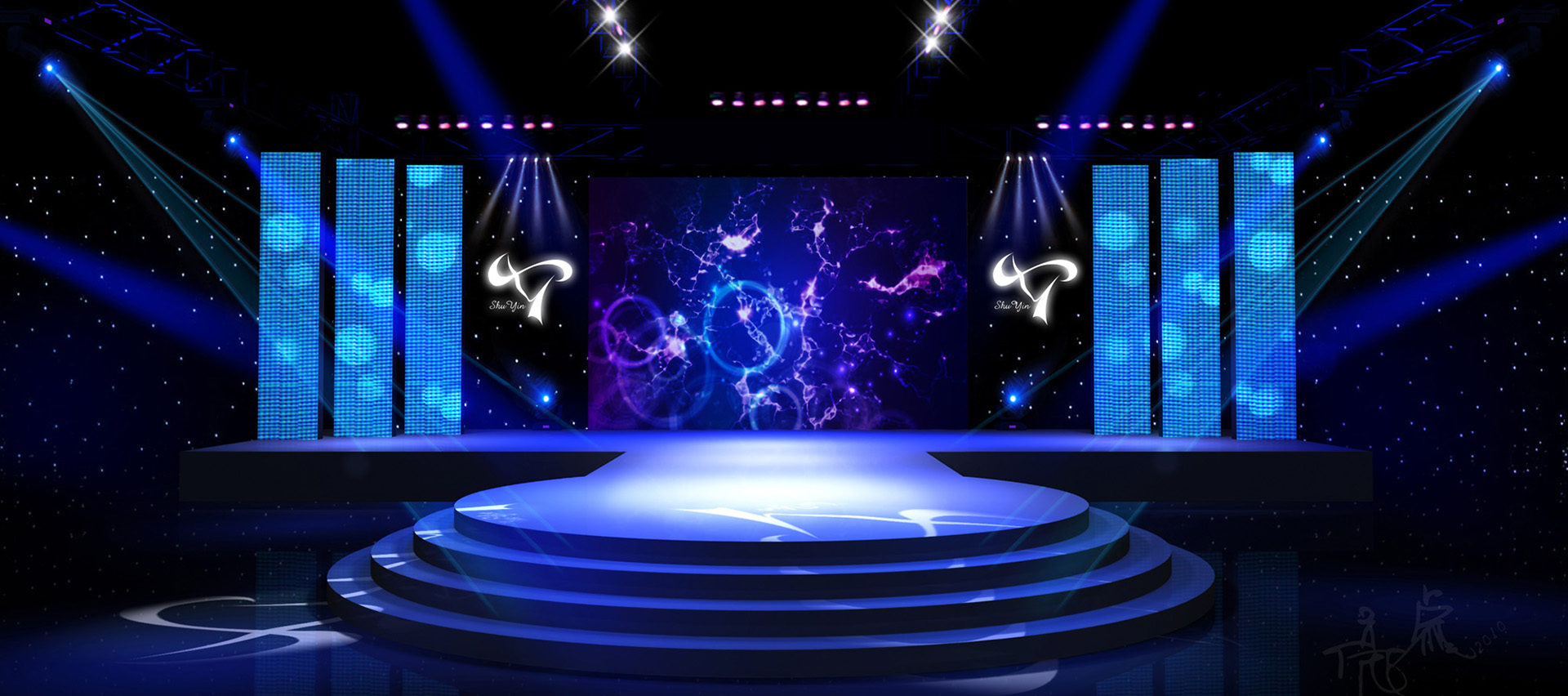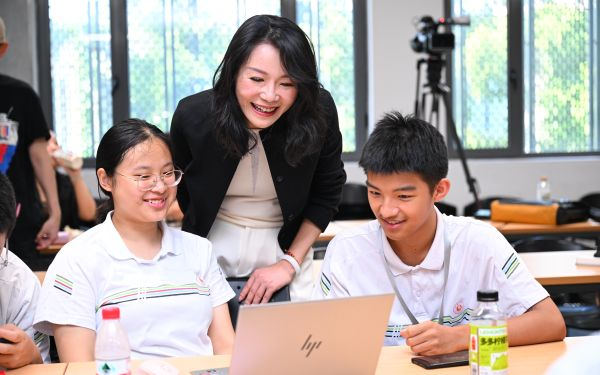In the realm of stage arts education, lighting design stands as both a sophisticated and indispensable skill. It not only shapes the visual ambiance of a performance but also serves as a vital tool for narrative expression. Yet, traditional methods of teaching lighting often fall short due to high equipment costs, limited venue resources, and inefficient training cycles. Against this backdrop, a browser-based lighting simulation tool designed specifically for students has emerged. Its launch fills a critical gap in practical training and empowers lighting learners with an unprecedented degree of creative freedom.
I. Why Is a Lighting Simulation Tool Necessary?
Bridging the Gap Between Theory and Practice
Conventional lighting education is riddled with several constraints:
Lack of Equipment: Only a small number of schools and institutions have access to full lighting control systems.
Steep Learning Curve: Control consoles are often too complex for beginners to grasp quickly, slowing down classroom progress.
Limited Visualization: Students struggle to connect lighting parameters (e.g., beam angle, color temperature, intensity) with actual stage effects.
The Educational Potential of Digital Tools
A web-based simulation platform offers unique advantages:
Real-Time Feedback: Every adjustment instantly reflects in a 3D stage model.
Accessibility: No need to download or install software—just open a browser.
Cost-Effective: It provides hands-on training without the need for physical hardware.
II. Key Features of the Simulation Platform
1. 3D Stage Modeling and Lighting Layout
Students can set up their own virtual stages with adjustable dimensions, scenic elements, and fixture placements. Templates range from black box theaters to symphonic concert halls, supporting diverse learning contexts.
2. Real-Time Fixture Parameter Adjustment
The simulation allows manipulation of:
Beam angle and zoom
Color blending and gel filter simulation
Edge softness and focus
Dynamic effects (e.g., pan/tilt movement, strobing, following spots)
3. Console Programming Interface
A virtual DMX-style console interface introduces students to real-world lighting control operations. Features include:
Cue recording
Playback sequencing
Grouping and submasters
4. Scene Export and Sharing
Students can export their lighting designs as still images, videos, or project files for homework submission, portfolio building, or collaboration.

III. How Can It Be Effectively Integrated into Teaching?
Instructor Dashboard and Oversight
Centralized Classroom Control: Teachers can synchronize student views and guide demonstrations.
Collaborative Learning: Multiple users can work on the same scene, dividing tasks by lighting zones or control logic.
Progress Tracking: The system automatically logs student operations for review and grading.
Seamless Curriculum Integration
This tool pairs well with modules like:
Introduction to fixture types and functions
Basics of lighting vocabulary and intention
Lighting plot planning and execution
Cue-based show programming
Integration with sound, set, and costume design
IV. Enhancing Student Creativity
More than a training utility, this simulator acts as a creative sandbox. Students can:
Experiment with a wide range of styles, from minimalism to cyberpunk
Collaborate across disciplines to synchronize with audio, costume, or projection effects
Iterate and refine designs rapidly, something not feasible in limited real-world setups

V. Future Development Roadmap
AI-Assisted Design Features
An integrated AI assistant will generate lighting plans based on scene descriptions, emotional keywords, or script cues, accelerating the design process.
Immersive VR Interaction
Virtual reality integration will enable students to “step into” their stages and view designs from a performer or audience perspective.
Global Learning and Competition Network
A cloud-based platform will enable international lighting competitions and real-time collaborative classrooms across schools, making learning more engaging and globally connected.
VI. Conclusion: Enabling Every Student to “Illuminate” the Stage
This browser-based lighting simulation tool is not merely a software solution—it’s a vision for the future of lighting education. By removing the barriers of cost, hardware, and time, it gives every student the opportunity to explore, practice, and grow as a lighting designer. It truly lets the next generation of artists “light up” the stage in every sense of the word.
READ MORE:





Blue Sea Lighting is an enterprise with rich experience in the integration of industry and trade in stage lighting and stage special effects related equipment. Its products include moving head lights, par lights, wall washer lights, logo gobo projector lights, power distributor, stage effects such as electronic fireworks machines, snow machines, smoke bubble machines, and related accessories such as light clamps.
Quick Links
For more questions subscribe to our email








